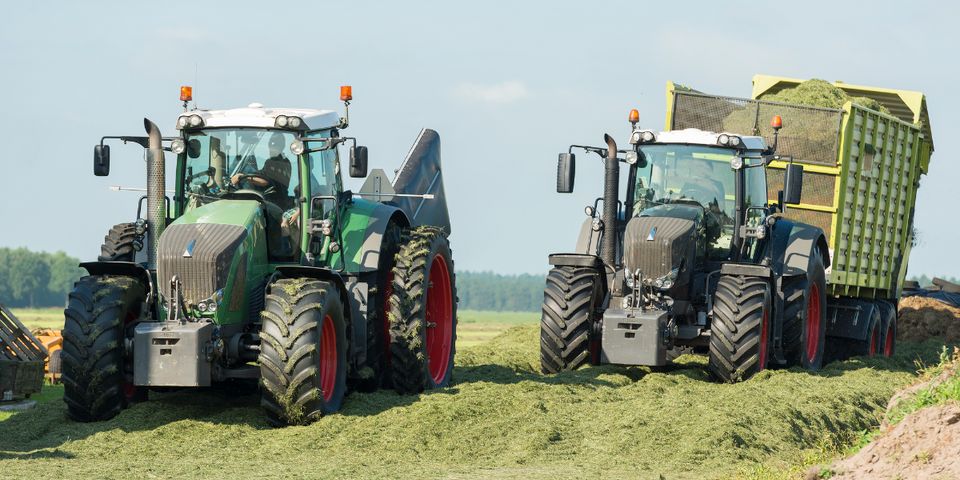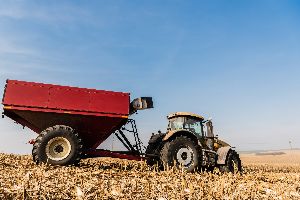A Guide to Weight-Balancing a Tractor

A tractor makes working in the fields easier and faster, dramatically boosting your farm's efficiency. However, your machine may need a little help to save you as much money and time as possible. Like most types of farm equipment, your tractor needs to have its weight balanced through routine ballasting. Here’s a look at why this balance is crucial and how to set it up.
Why Tractor Ballast Is Important
Adding weight to farm equipment like a tractor is necessary to compensate for horsepower imbalances. It has a considerable effect on the functioning, stability, and capacity of your tractor to deliver engine horsepower to the ground.
Proper weight distribution decreases tire slippage and increases the traction of farm equipment. When tires lose traction, they spin more rapidly. Additionally, they increase the engine's fuel consumption, resulting in reduced efficiency.

Tire slippage can't be completely prevented, but it can be minimized. The recommended slippage rate is 10–15% for two-wheel-drive tractors and 8–12% for four-wheel-drive and mechanically assisted 4WD types.
Anything above 15% reduces the tractor's speed, leading to decreased productivity and faster wear on tractor components. Too much weight can also compact the soil structure, making it less suitable for farming.
How to Ballast Your Tractor
When balancing the weight, check the owner’s manual for recommendations based on the tractor's horsepower. You can generally aim for 90 to 140 pounds per horsepower, but in rare situations, this number can be greater. Multiply the rated engine or power takeoff horsepower (PTO-HP) by the required additional weights to obtain the target tractor weights.
Once you get the target weights, distribute them on the front and rear axles according to the tractor's purpose and driveline. For towed weight on a two-wheel-drive model, put 25% of the weights at the front and 75% at the rear. This ratio shifts to 35% and 65%, respectively, for fully mounted weights.
The distribution to the front axle increases to around 55% for 4WD towed weight and 60% for fully loaded. Finally, it's essential to inflate all the tires to the correct pressure for carrying the load.
Balancing the correct extra weight is essential to keep your tractor running at peak efficiency. If you need quality tractor parts for replacement or upgrade, turn to Stanly Tractor Company in New London, NC. They are the area's most trusted farm equipment and Kubota® dealer, offering a high-quality inventory alongside maintenance and repair services. Call (704) 983-1106 today or request parts online.
About the Business
Have a question? Ask the experts!
Send your question

